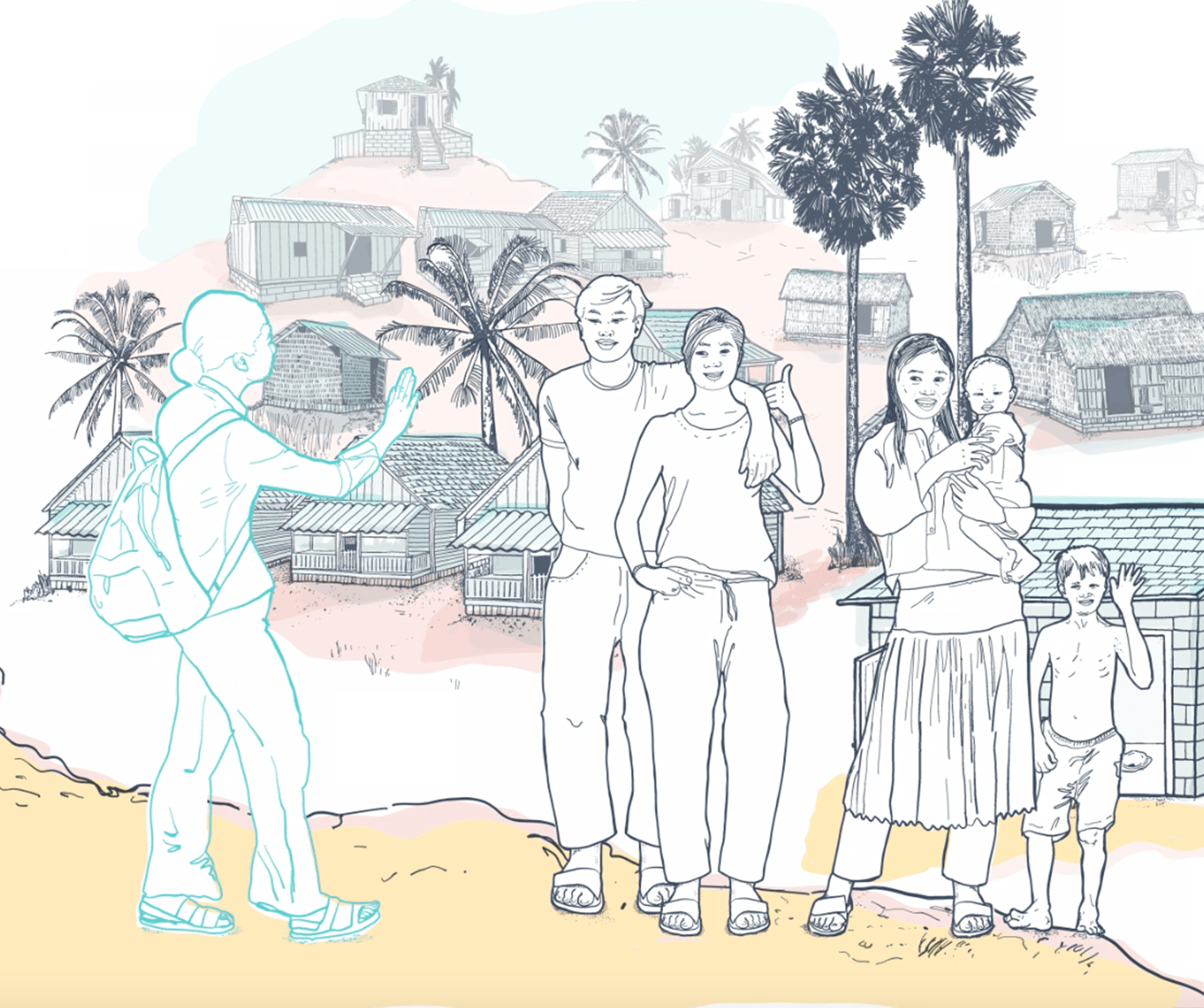Rural Cambodia has achieved a remarkable expansion of basic sanitation coverage in the past decade. In iDE programme areas, household-level coverage has increased from 23 per cent in 2009 to around 70 per cent in 2019. To date, iDE Cambodia’s Sanitation Marketing Scale-Up (SMSU) programme has facilitated the sale and delivery of over 320,000 sanitary latrines to rural households, enabling over 1.4 million individuals to gain access to sanitation. However, estimates by iDE indicate that in SMSU implementation areas, around 21 per cent of the remaining market is comprised of poor households that may not be able to afford a latrine at market price.
Financial support to increase the affordability of latrines will be needed to reach these poor households. Microfinance has historically offered a potential solution, however, in Cambodia, microfinance for sanitation has become increasingly unavailable. New lending regulations and total loan indebtedness by poor households have made the prospect of supporting latrine sales with microfinance an option with limited appeal. Other types of creative, non-interest-bearing financing models like payment instalment plans and rotating savings and loans groups may offer a potential solution, however these approaches have not yet shown to be effective at reaching scale in Cambodia.






